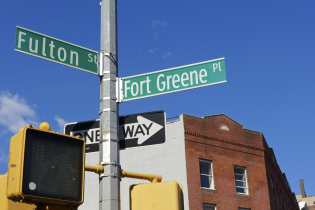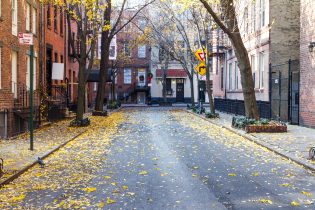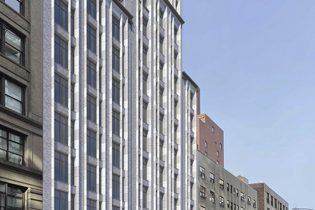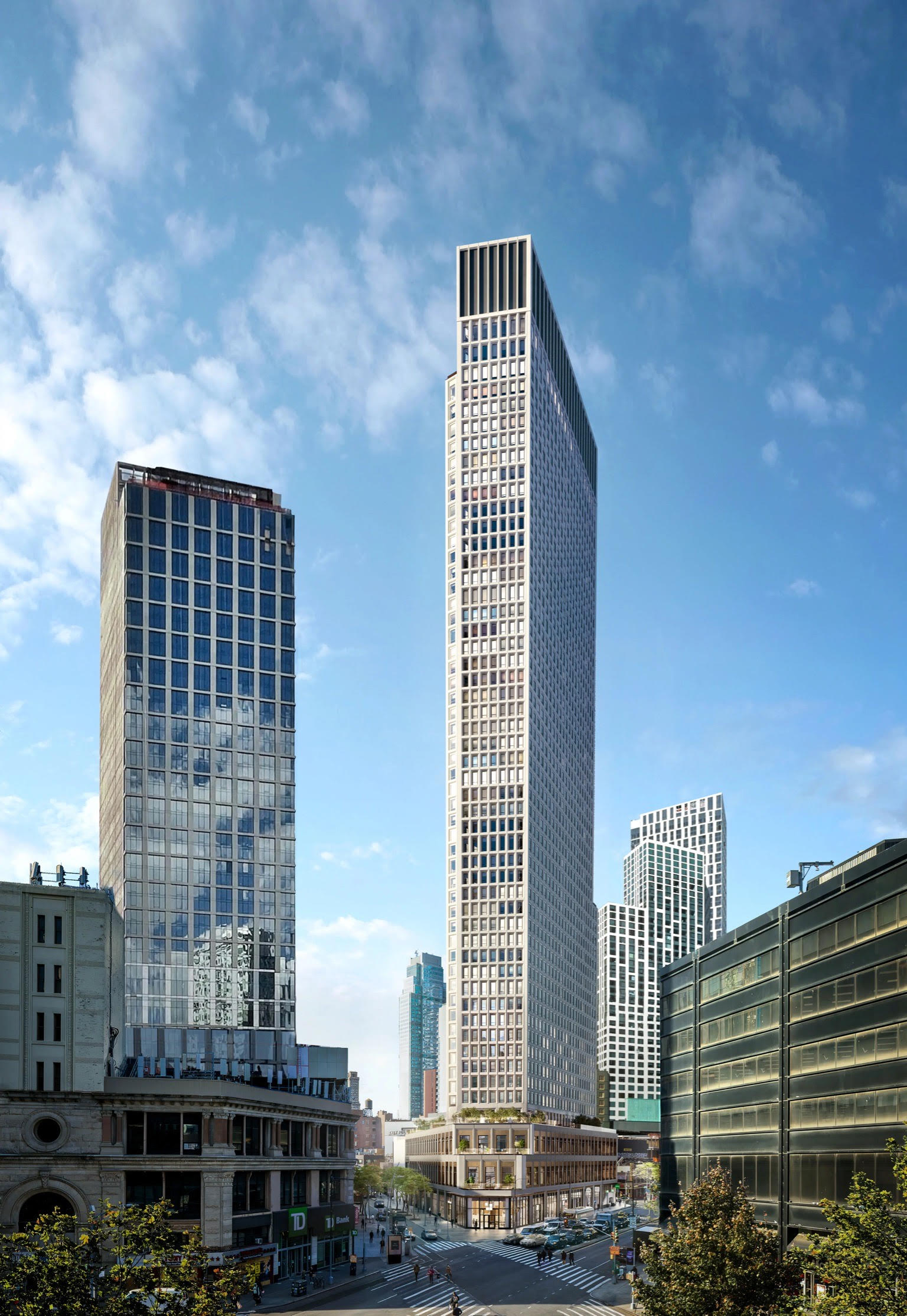Your Guide to the Chelsea Neighborhood in NYC
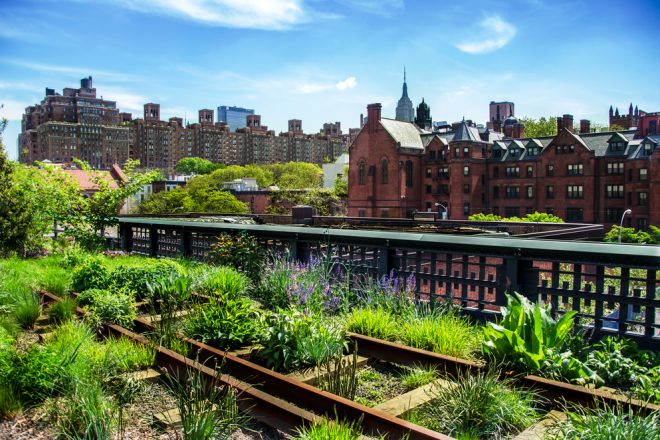
Chelsea truly feels like a quintessential Manhattan neighborhood. Thanks to its central location, this neighborhood has grown and kept pace with the city for centuries and evolved in recent years as a hub of culture in a city with an already-vibrant art scene. The neighborhood currently stretches from approximately 14th Street to 34th Street, and spans everywhere between the Hudson River to 6th Avenue. This central location has helped shape this span of Manhattan into what it looks like today — iconic parts of the borough, like Hell’s Kitchen, Hudson Yards, the Flatiron District, and the West Village all form the boundaries of Chelsea.
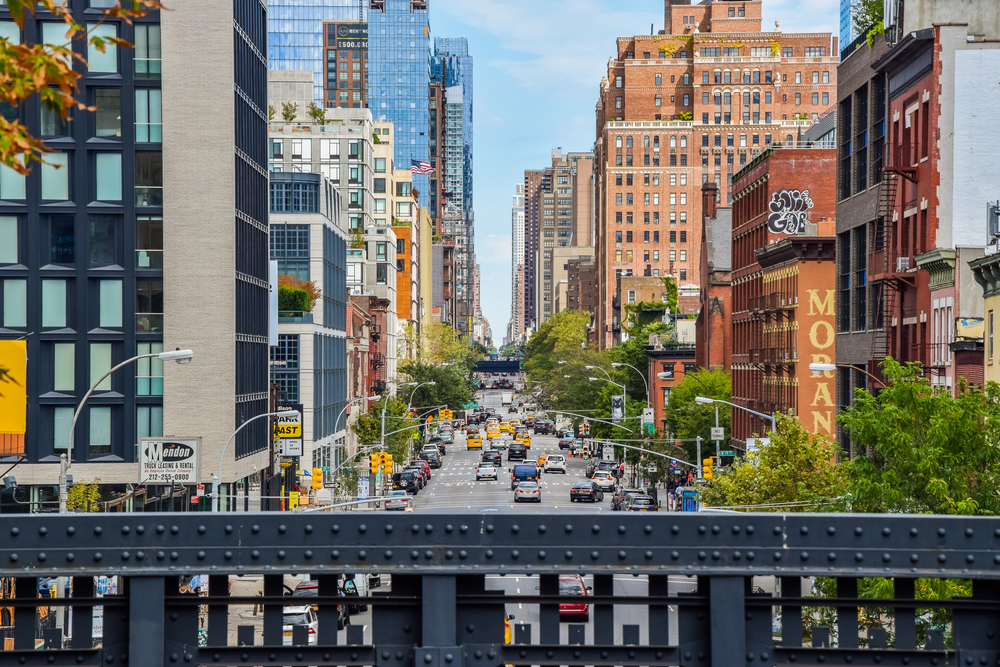
Thanks to a ton of development over the years and the influence from adjacent neighborhoods, the area morphed into one of the coolest areas in New York City and turned into a must-visit spot for locals and tourists alike. The neighborhood claims a ton of museums, attractions, parks, and more that easily make it a top destination and great spot to call home.
Table of Contents
The Origin of the Chelsea neighborhood
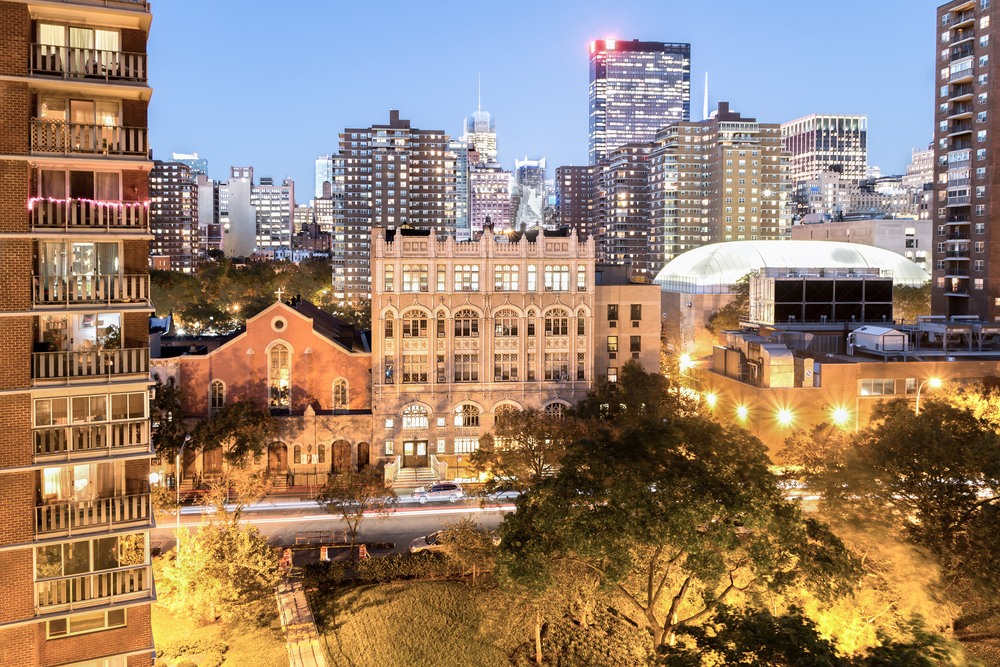
The area has a history that stretches as far back as the beginnings of New York. The High Line reports that the area once belonged to the Lenape people between the 15th and 18th century. The Lenape settlement in the area was known as Sapokanikan, meaning “Land where the tobacco grows.” The Dutch moved into the neighborhood by the 1620’s, and eventually, the Lenape agreed to move off the land in 1758 after signing an accord with the English.
According to CUNY, the neighborhood’s name stretches back to the 1750’s, when the English entrepreneur Thomas Clarke bought ten-square blocks of land by the Western Manhattan waterfront and dubbed it “Chelsea.” This original block of land “stretched between 8th and 10th Avenues, and 19th and 24th Streets,” but wouldn’t morph into a true neighborhood until the 19th century.
Clarke’s grandson and author of “The Night Before Christmas,” Clement Clarke Moore, took on the task of splitting up the original block of land and helped encourage growth in this part of NYC by the 1830’s. Like much of New York City, the neighborhood shifted its look over the years, and by 1847, railroads and shipping claimed the area. The area claimed the first elevated railroad track in the world in 1869, although this construction would later be abandoned and transformed into the historic High Line park many decades later.
The neighborhood continued to develop by 1884, when Hotel Chelsea opened its doors on 23rd Street and welcomed in theater patrons and tourists alike. The look of the neighborhood could surprise anyone familiar with the modern version of this portion of NYC. Due to high amounts of shipping, factories, and industry in the neighborhood, traffic conditions proved particularly perilous to pedestrians and workers alike. This district quickly racked up high amounts of traffic fatalities, and one particular road through the neighborhood earned the nickname “Death Avenue.”
Rooming houses made up much of the residential space in the neighborhood, and few private homes survived this industrial period. While many lifelong New Yorkers might remember this version of the neighborhood, the entire image of the area soon changed in the middle of the 20th century. By the late 1960’s, the neighborhood kept expanding, and more residents moved in from neighboring Greenwich Village and West VIllage, cementing the image that many New Yorkers have of the region today.
The Best Attractions in Chelsea
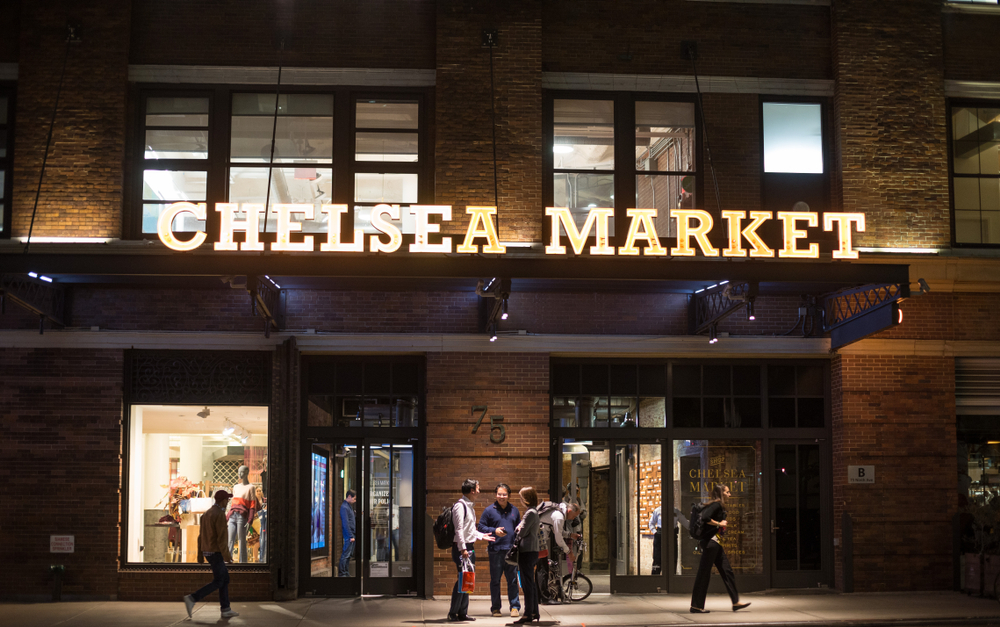
If you find yourself in this portion of Manhattan, you can easily make a day of the neighborhood. Taking in all of the history and culture found in the area can feel daunting, but with a bit of planning, you can see everything this stretch of Manhattan has to offer. Untapped Cities found that the area hosts a variety of historical attractions that can wow anyone who wants to explore the past. The Grand Masonic Lodge of New York ranks as the oldest operating lodge, and contains a bible that George Washington took the presidential oath on.
The area also claims an unassuming townhouse as the official residence of the Dalai Lama when he visits the United States. From its exterior, the building blends right into the neighborhood, but once you step through the doors, the building morphs into a Tibetan Buddhist temple and features a throne that only the Dalai Lama may use.
If you crave some less-than-secret attractions, Tour By Transit recommends checking out the Chelsea Market, an indoor mall lined with restaurants and specialty shops that has something for everyone. After hitting up the market, the entrance to The High Line lies just a few blocks away. Ever since the elevated railroad that spanned the area transformed into a public park filled with art, locals and tourists alike love taking a stroll down the decommissioned train tracks.
Feel free to stop into a variety of art galleries or take in the classic architecture with styles that range all the way from the 18th century to the present. In addition to claiming some of the oldest structures in New York City, the neighborhood also contains the Starrett-Lehigh Building, one of the city’s first buildings in a modernist style.
If you only have time to do one thing in this part of town, Timeout recommends hitting up the Chelsea Flea Market and enjoying Little Island if the weather looks nice. The neighborhood also claims its fair share of coffee shops and roasters, making it a perfect destination for anyone who loves a hot cup of joe. With all of these attractions in mind, it doesn’t take much to convince anyone to move to this part of town. The first challenge to truly overcome lies in trying to figure out exactly where to live in this happening neighborhood.
Where to Live in Chelsea

Finding the right spot to settle down in can prove challenging on the best of days, and navigating Chelsea’s real estate market takes a bit of know-how. Some of the most modern apartment complexes and condo units have sprung up in the area in recent years. Work has recently resumed on One High Line, a pair of mixed-use towers located at 76 Eleventh Avenue. These buildings feature pristine condos in a truly modern exterior that overlooks the waterfront.
If you love the ultra-modern look of some of Chelsea’s latest developments, you also can’t miss FÖRENA. Exterior renovations have almost come to a completion on this 12-story complex that houses 50 units in its sleek, jagged, and terraced building that truly stands out in the neighborhood.
If you don’t feel like living in a building made up of glass siding, you can opt for another modern construction with a look that harkens back to Chelsea’s brownstone past. The Cortland has almost finished construction on 22nd Street. This 300-foot construction features 25 floors and 144 condos that contain between two and five bedrooms apiece.
This tract of Manhattan particularly hosts a variety of luxury homes in buildings that span the entire history of the island. If you opt to move to the area, make sure to keep an eye out for listings in buildings that feature a 24-hour doorman and ideally an in-building concierge service to help with deliveries, packaging, and moving luggage as needed. After identifying the right kind of building, you can start planning your move and budgeting out how much you want to spend on your new home.
How Much Does it Cost to Live in Chelsea?

Once you figure out exactly where you want to live, you then have to narrow down your budget and figure out what kind of house, condo, or apartment you want to live in. If you opt to rent a home in West Chelsea, may need to budget around $20,000 for a home.
On the other hand, you might feel like settling down and outright purchasing a property. In this case, several million may be needed in order to lock down your perfect home.
While you probably can’t find a listing below $1 million, you could potentially end up in a property with market value far below the $4.5 million median. A one-bedroom, one-bath on 14th St. currently sits at $1.45 million while another 14th St. unit with similar rooms sets you back $1.65 million. On the extreme high end, a three-bedroom, three-and-a half-bath unit in a 2022 construction on 14th St. currently retails at $5 million. Between these extremes, you can easily find the perfect home to settle into.
How to Find Your Perfect Home

Finding the ideal home takes some patience and budgeting, but once you have the condo or home in your sights, you then need to trust an experienced team to help lock down the sale. The ins and outs of the NYC market can prove daunting, and not every real estate group has what it takes to get you into your dream home.
By teaming up with NewDevRev, you can get an inside look into some of the best properties in NYC and explore the best home options that fit your lifestyle. Rest easy by working with leading experts in the NYC housing market.
Contact a representative to start your home search today!
